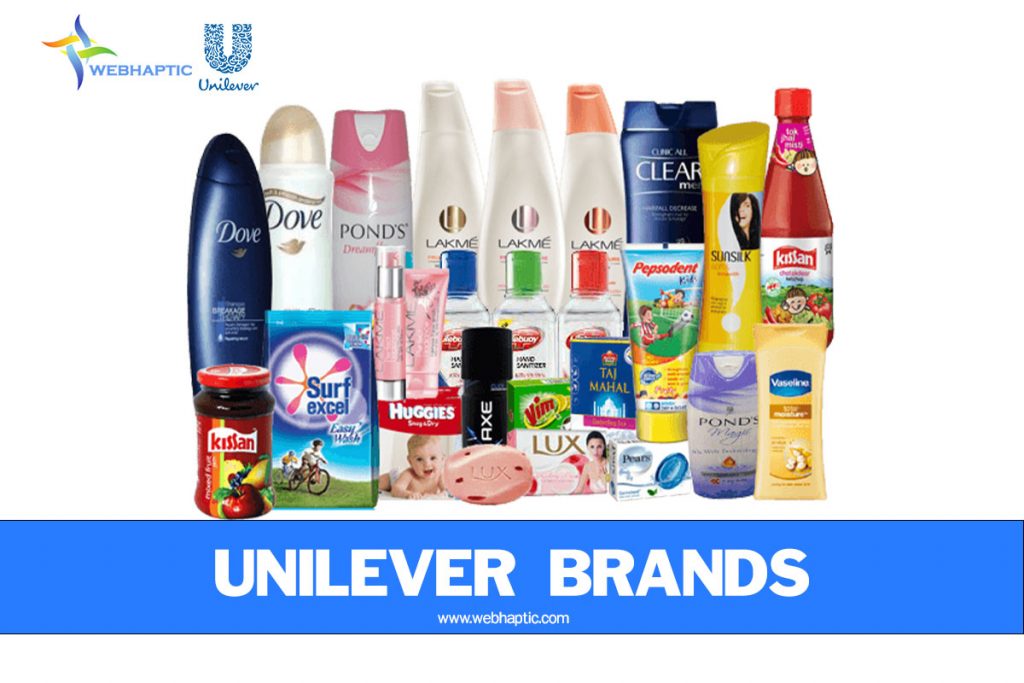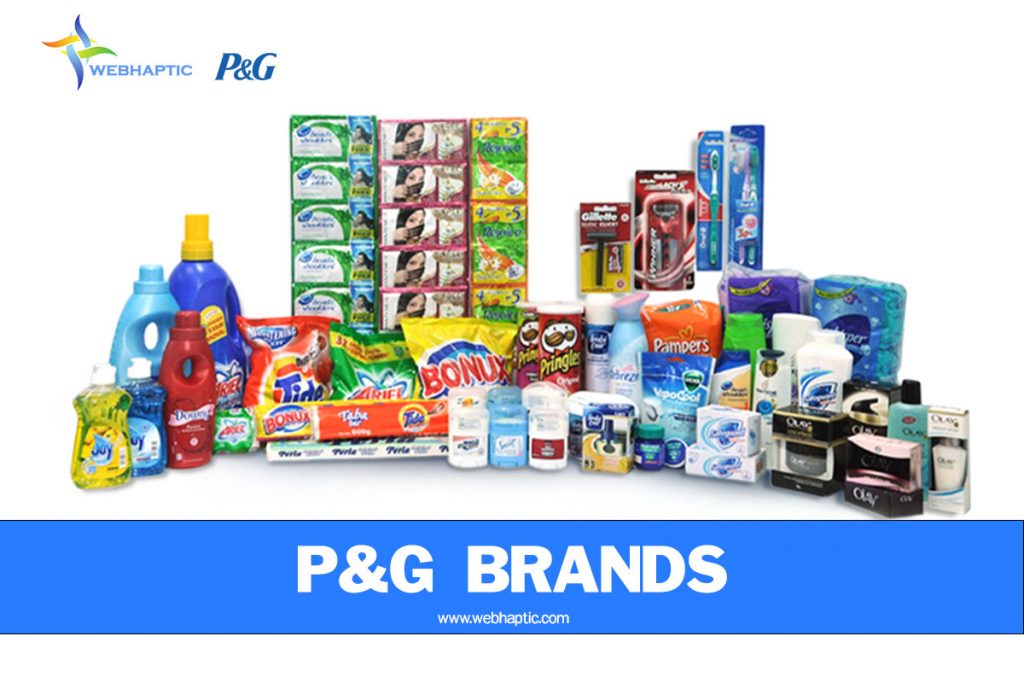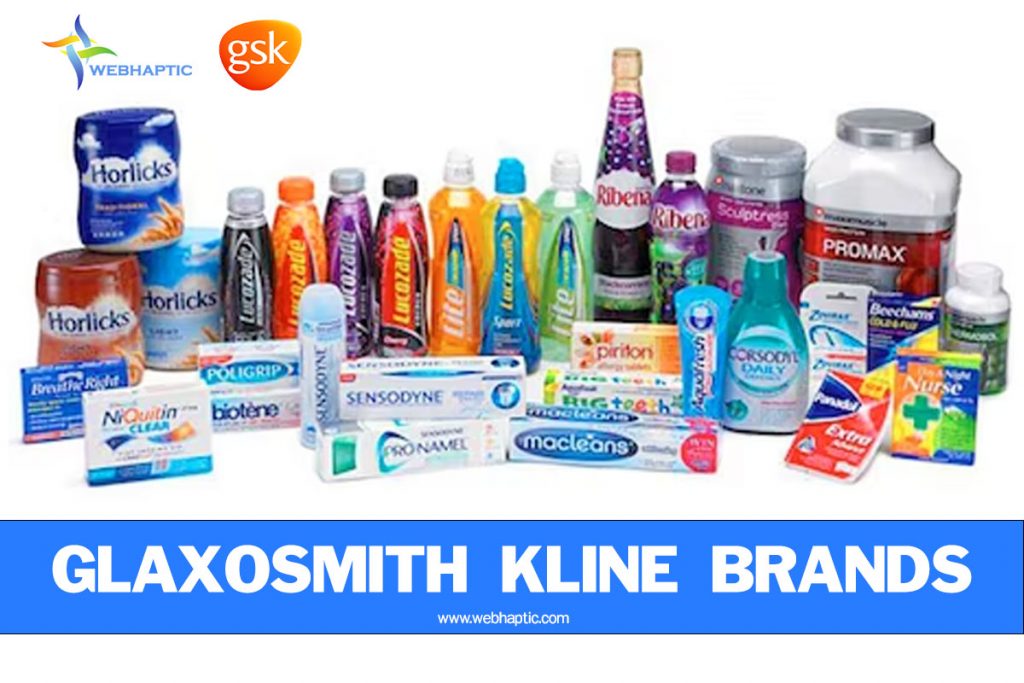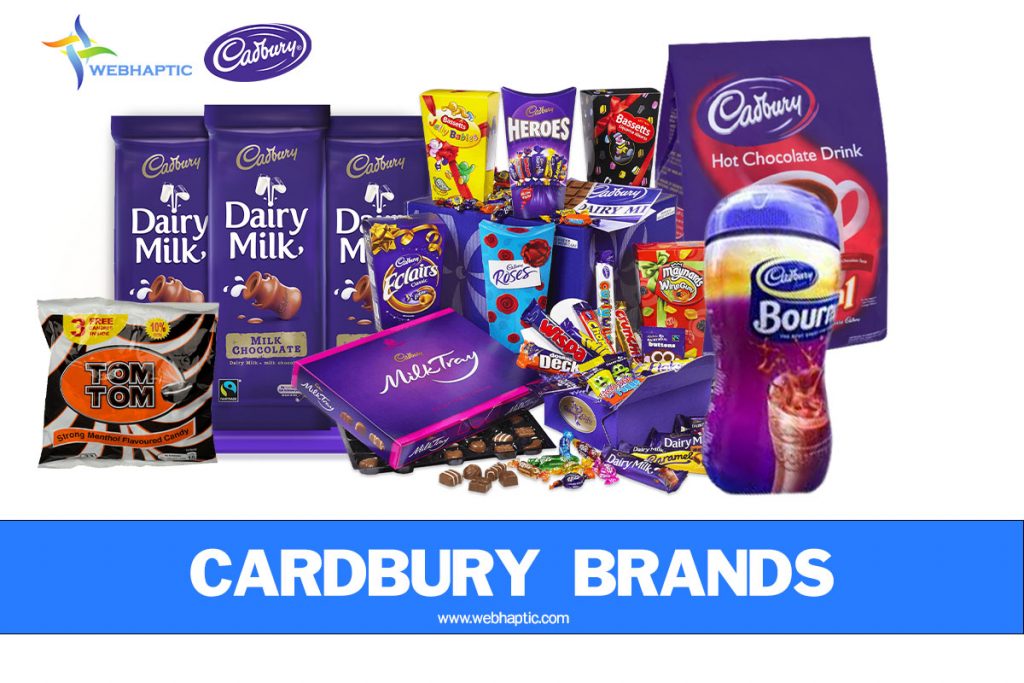Considering The Insatiable Need of Consumers IN MULTI BRANDING
Multi brand strategy seem to be a common practice in the branding world. Check out a brand and you will see either multiple product or brands attached to them either directly or indirectly.
I know, and I think you should agree with me that human needs are insatiable, and that tends to make it impossible for customer demands to be on a particular product like forever. Right? Right.
Follow me, you want to see as I begin to unravel this bit by bit. I’ll be giving similar examples of brands with either multiple products or brands, and you will eventually agree with me that it might have been either good or bad to have multiple of whatever they had at the beginning of their branding journey.
Let’s see examples of products that had – I would like to call it – seasons, and how they are doing.
At the outbreak of the Corona Virus Pandemic, necessity bred invention and different products began to surface. There was new kind of “urgent attention” that the tech space got. Everyone had to resort to video calls and face timing to communicate with friends and family. Some had to have business meetings, and there were products that seemed to be on everyone’s vocabulary.
Oh! Let’s not forget students who had to take lectures on Zoom or Google Meet and other face timing platforms. There are definitely some other things that happened outside Africa as a result of the Covid19 that I probably don’t know about, but let’s not digress too much. Let’s stick to products that made the Covid19 season.
Products that made the Covid19 season were products like hand sanitizers, nose masks, hand wash, disinfectants, temperature checkers, amongst other products.
The Insatiable Need of Humans and the Possible need for Multi Branding
I would like to buttress on the point that human needs are insatiable. In fact, if you think about it, we cannot all like the same things. For example, you and your friends could have an affinity for a particular brand that has multiple product, and what would hit a particular spot for beverages for your friend might be different from yours. So, they tend to deviate from the brand just because of that product.
I can also understand that some consumers, in as much as they have affinity for a particular brand, when it comes to some of their basic needs, they want to maintain the quantity of the things they buy, but have a price range they cannot seem to exceed. They also consider the prices, which should not be much loss for a brand when they have such variety
Multi brand/ product seem to answer, maybe not every need, but majority of needs. It kind of help brands to make profit from different products/brand, as long as they can keep up with the quality and standard. Let’s dive right into brands in Nigeria that have multiple brands.
Some EXAMPLES OF BRANDS WITH MULTIPLE BRANDS
1, UNILEVER

Unilever has various brands to their credit. Some of their brands focus on beauty and well being, personal care, home care and nutrition. Some of their products include;
- Dove
- Omo
- Lipton
- Lux
- Rexona
- Knorr
- Lifebuoy
- Vaseline
- Ponds, etc.
2. Procter and Gamble (P & G)

P & G’s brand family include cleaning agents, personal care, family care, feminine care, hygiene, baby care, grooming, oral care, skin and personal care. Some of their products include;
- Pampers
- Ariel
- Always
- Gillette
- Herbal Essence,
- Ambipur
- Oral B
- Vicks
- Safe Guard, etc.
3. GlaxoSmith Kline

Some of the products from GSK are;
- Sensodyne
- Panadol
- Ribena
- Horlicks
- Macleans
- Locozade, etc.
4. Cadbury

Cadbury is popular for their Bournvita brand and they boast of different Bournvita products. They have the hot Chocolate, the cocoa beverage and a new cookies just launched in the past couple of months. Their product are in the family of Dairy milk chocolates, and other confectioneries. Some of their products are;
- Bournvita
- Tomtom
- Buttermint
- Ecclairs
- Trebor
- Malta Sweets
- Choki
- Bubba Gum
- Bournvita Cookies, etc.
The above examples are not all the brands with multi brands. There are so much more to explore.
The problem with multi branding is that a brand may not be able to maintain all of their brands. This will make them give more attention to the brand that is making them more profit than the others. When this happens, a competition with the same product(s) will over populate these brands or offer to buy them out. This is just to take them off the market and out of the faces of customers.
With tailored Insights, Webhaptic Intelligence prides herself in helping your organization get insights and data to help inform your decision into adopting multi brand strategies for your overall brand. To find out about Webhaptic, click here.

